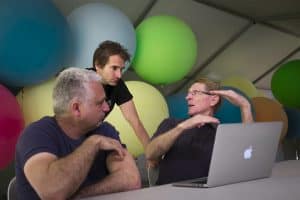The World Congress on Safety And Health 2017 has awarded some media producers for their occupational health and safety (OHS) themed productions. Below is one of them.
There is some thematic similarity to WorkSafe Victoria’s Homecoming campaign, specifically to the child wait for the Father to return from work and the mother on the phone, but there are different emotional touchpoints.
A major part of the emotional impact comes from the ad not dealing with a workplace fatality. The reaction from the Father in the hospital bed is powerful.
The ad is well worth watching and sharing.



 Recently
Recently